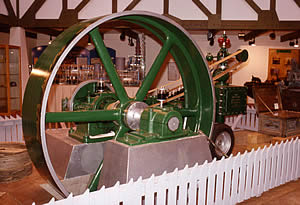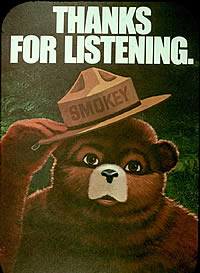Learning about Forests and Logging

For teachers and students (as well as the general public), there are a variety of historic sites and scenic trails to visit in East Texas and a host of online educational resources for learning about trees, conservation, and the environment. Listed below are a selection; several pertain to Texas whereas others are more general in scope. Some contain lesson plans and games for classroom use.
http://www.treetexas.com/index.html
The Texas Forestry Museum in Lufkin has exhibits on historic logging
and sawmills as well as online resources.
http://www.thc.state.tx.us/heritagetourism/htforesttrail.html
The Texas Forest Trail, sponsored by the Texas Historical Commission,
takes visitors through some of East Texas most scenic and historic spots.
See their website for maps, descriptions of towns and historic sites, and
events.

Project Learning Tree is an environmental education program designed for teachers and other educators with students in pre-kindergarten through grade 12. Teachers can download curricula, such as a region-to-region environmental "exchange box." Sponsored by the Texas Forestry Association and Texas Forest Service.
http://na.fs.fed.us/spfo/ce/content/for_students/index.cfm
This Forest Service education page for students provides a variety of learning
activities.
http://foresthistory.org/Education/Curriculum/
"If Trees Could Talk" is an interesting 10-module set
of curricula for middle school students focused on environment and social
studies, created by the Forest History Society and other partner institutions.
http://aggie-horticulture.tamu.edu/ornamentals/natives/
Texas Native Trees is an exceptional website, a fully illustrated
directory of trees presented by the Texas Agricultural Experiment Station
and created by the Texas A&M Agricultural Program and the Dallas Arboretum.
http://thehistorycenteronline.com/
The History Center in Diboll, Texas, is a new public history and
archives center that offers educational exhibits, such as an outdoor exhibit
on East Texas railroads, as well as extensive document and photographic
holdings for researchers and educators exploring the history of the region.
http://www.safnet.org/education/learn.cfm
Website of the Society for Americhttp://www.extension.iastate.edu/Publications/PM1812.pdf
(pdf)
Be sure to check out "The Forest where Ashley Lives"an
Foresters provides links to excellent resources for learning about trees
and environmental issues.
http://www.nationalgeographic.com/forest/html/enter.html
Fantastic Forest, an amazing educational journey through the forest,
with great sound effects, created by National Geographic.

http://na.fs.fed.us/spfo/ce/content/for_teachers/index.cfm
Downloadable K-12 curricula on forest and environment related topics from
the USDA Forest Service such as Ecosystem Matters
http://na.fs.fed.us/spfo/ce/content/for_teachers/curriculum/index.cfm?TitleToView=9
Several lesson sets correlated to kids activities (note that a few of the
links are broken).
http://www.fs.fed.us/kids/
Just for Kids page of the USDA Forest Service includes learning activities
with Smoky the Bear, Woodsy Owl, and others.
http://www.smokeybear.com/kids/forest_links.asp
"Smokey Kids" activities offer learning about the uses
of trees and fighting forest fires

http://txforestservice.tamu.edu/groups/kids/default.asp
What Is a Tree Cookie? and Why Do Leaves Change Colors? are
two of the educational pages from Texas Forest Service on the Texas A&M
website.
http://www.fs.fed.us/spf/woodsy/activity.html
Interactive map identifying the forests and grasslands of the United
States on the USDA Forest Service website.
www.texasbeyondhistory.net/kids/caddo/
World of the Caddo is a children's exhibit on Texas Beyond
History focused on perhaps the first "loggers" of East Texas,
the Caddo Indians. In the section, Living in Grass Houses, students
can learn how these ancient people constructed huge beehive-shaped houses
and temples using tall pine poles covered with bundles of grass. There is
also a teacher's lesson plan keyed to World of the Caddo.